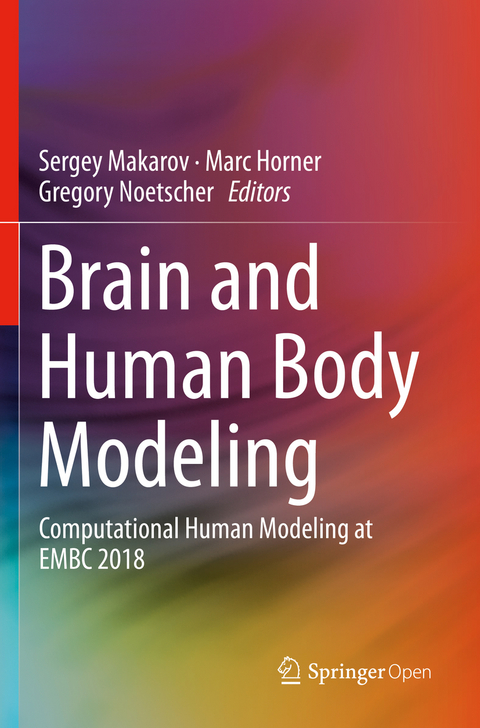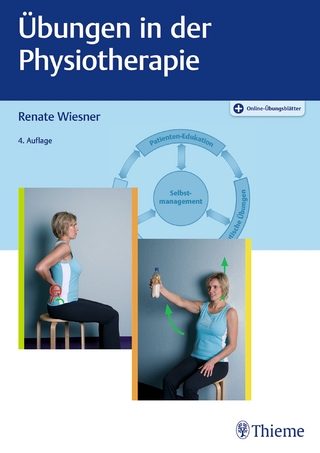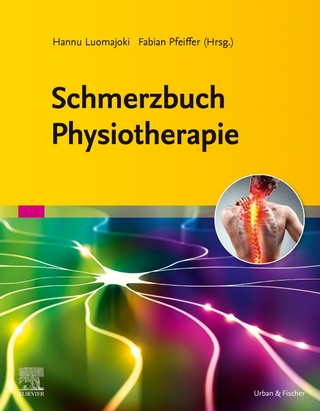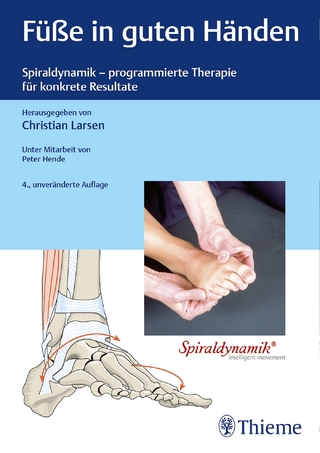
Brain and Human Body Modeling
Springer International Publishing (Verlag)
978-3-030-21295-7 (ISBN)
This open access book describes modern applications of computational human modeling with specific emphasis in the areas of neurology and neuroelectromagnetics, depression and cancer treatments, radio-frequency studies and wireless communications. Special consideration is also given to the use of human modeling to the computational assessment of relevant regulatory and safety requirements. Readers working on applications that may expose human subjects to electromagnetic radiation will benefit from this book's coverage of the latest developments in computational modelling and human phantom development to assess a given technology's safety and efficacy in a timely manner.
- Describes construction and application of computational human models including anatomically detailed and subject specific models;
- Explains new practices in computational human modeling for neuroelectromagnetics, electromagnetic safety, and exposure evaluations;
- Includes a survey of modern applications for which computational human models are critical;
- Describes cellular-level interactions between the human body and electromagnetic fields.
lt;p>Sergey Makarov is a full professor of Electrical and Computer Engineering at Worcester Polytechnic Institute, having taught a wide variety of graduate and undergraduate classes and established a very active record of academic and research advising. His formal educational background is in applied mathematics and electromagnetics but since moving to WPI in 1998, his research field has been shifted to analysis and design with virtual human models including image segmentation, surface extraction, and CAD model generation. Dr. Makarov has published about 150 conference and journal papers, three books, and he holds active 6 patents with four other pending. He has received numerous departmental and institute-wide awards for his teaching, advising, and service and is a Senior Member of the IEEE, participating in or chairing committees related to electromagnetic safety and education. In 2009, Dr. Makarov founded NEVA Electromagnetics, LLC, serving customers in need of multi-tissue virtual human models generated from biomedical image datasets for electromagnetic and mechanical simulation studies, body-worn antenna designs, and biomedical sensor designs for many applications. Dr. Makarov is also a member of the Research Staff at the Athinoula A. Martinos Center for Biomedical Imaging at Massachusetts General Hospital, conducting investigative studies in non-invasive brain stimulation technologies that utilize many of his computational human phantoms.
Marc Horner is the technical lead for healthcare applications at ANSYS, Inc. Marc joined ANSYS after earning his Ph.D. in Chemical Engineering from Northwestern University in 2001. Marc began by providing support and professional services for biomedical and pharmaceutical industry clients before transitioning to a healthcare business and technology development role. Marc is Vice Chair of the ASME V&V40 Sub-Committee - which is establishing V&V best practices for the medical device industry, and the ASME V&V Standards Committee - who oversee the creation of best practices and general guidance on V&V for CM&S. Marc is also an Associate Editor of the ASME Journal of Verification, Validation, and Uncertainty Quantification. Lastly, Marc is an Executive Committee Member of the IMAG/MSM Credible Practice of Modeling & Simulation in Healthcare project who aim to establish a task-oriented collaborative platform that outlines credible practices of simulation-based medicine.Gregory Noetscher is a senior research electrical engineer with the US Army at the Natick Soldier Research, Development and Engineering Center in Natick, MA, having worked on and coordinated a variety of experimental and simulation projects related to precision guided cargo airdrop since 2003. His research interests since 2009 have also included the construction and application of highly non-homogeneous human body phantoms. Dr. Noetscher also serves as a Research Scientist at Worcester Polytechnic Institute, participating and directing research on human phantom creation and application. He is a member of the IEEE and has published over 50 conference and journal articles, one textbook, and holds two active patents with three pending.
Chapter 1. SimNIBS 2.1: A Comprehensive Pipeline for Individualized Electric Field Modelling for Transcranial Brain Stimulation.- Chapter 2. Electric Field Modeling for Transcranial Magnetic Stimulation and Electroconvulsive Therapy.- Chapter 3. Estimates of Peak Electric Fields Induced by Transcranial Magnetic Stimulation in Pregnant Women as Patients or Operators Using an FEM Full-Body Model.- Chapter 4. Finite element modelling framework for electroconvulsive therapy and transcranial stimulation.- Chapter 5. Design and Analysis of a Whole Body Non-Contact Electromagnetic Subthreshold Stimulation Device with Field Modulation Targeting Nonspecific Neuropathic Pain.- Chapter 6. Insights from Computer Modeling: Analysis of Physical Characteristics of Glioblastoma in Patients Treated with Tumor Treating Fields.- Chapter 7. Simulating the Effect of 200 kHz AC Electric Fields on Tumor Cell Structures to Uncover the Mechanism of a Cancer.- Chapter 8. Investigating the connection between Tumor Treating Fields distribution in the brain and Glioblastoma patient outcomes. A simulation-based study utilizing a novel model creation technique.- Chapter 9. Advanced Multiparametric Imaging for Response Assessment to TTFields in Patients with Glioblastoma.- Chapter 10: Estimation of TTFields Intensity and Anisotropy with Singular Value Decomposition. A New and Comprehensive Method for Dosimetry of TTFields.- Chapter 11. The Bioelectric Circuitry of the Cell.- Chapter 12. Dose Coefficients for Use in Rapid Dose Estimation in Industrial Radiography Accidents.- Chapter 13. Brain Haemorrhage Detection Through SVM Classification of Electrical Impedance Tomography Measurements.- Chapter 14. Patient-specific RF safety assessment in MRI: progress in creating surface-based human head and shoulder models.- Chapter 15. Calculation of MRI RF-Induced Voltages for Implanted Medical Devices Using Computational Human Models.- Chapter 16. Effect of non-parallel applicator insertion on 2.45 GHz microwave ablation zone size and shape.- Chapter 17. A Robust Algorithm for Voxel-to-Polygon Mesh Phantom Conversion.- Chapter 18. FEM Human Body Model with Embedded Respiratory Cycles for Antenna and E&M Simulations.- Chapter 19. Radio Frequency Propagation Close to the Human Ear and Accurate Ear Canal Models.- Chapter 20. Water-content Electrical Property Tomography (wEPT) for mapping brain tissues' conductivity in the 200-1000 kHz range: Results of an animal study.
| Erscheinungsdatum | 06.09.2020 |
|---|---|
| Zusatzinfo | XI, 402 p. 175 illus., 148 illus. in color. |
| Verlagsort | Cham |
| Sprache | englisch |
| Maße | 155 x 235 mm |
| Gewicht | 635 g |
| Themenwelt | Medizin / Pharmazie ► Physiotherapie / Ergotherapie ► Orthopädie |
| Technik ► Elektrotechnik / Energietechnik | |
| Schlagworte | Anatomical Models for Radiation Dosimetry • Computational Human Models • Computational Human Phantoms • Electromagnetic Modeling for Electrical and Biological Systems • Electromagnetic safety and exposure evaluations • open access |
| ISBN-10 | 3-030-21295-5 / 3030212955 |
| ISBN-13 | 978-3-030-21295-7 / 9783030212957 |
| Zustand | Neuware |
| Haben Sie eine Frage zum Produkt? |
aus dem Bereich


